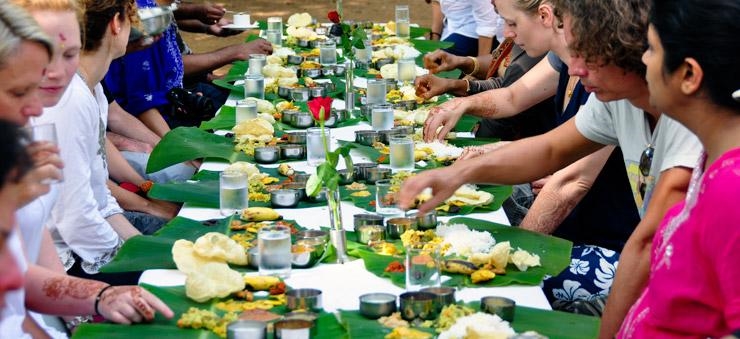Globalization and cultural exchange have had significant impacts on dining practices in Cambodia and Myanmar. Here are some ways in which these influences have shaped their culinary traditions:
- Introduction of New Ingredients and Cuisines: Globalization has led to increased access to diverse ingredients and international cuisines in Cambodia and Myanmar. As people are exposed to new flavors and culinary traditions through travel, international media, and migration, there has been a growing interest in exploring and incorporating foreign cuisines into local dining practices. This has resulted in the emergence of fusion cuisine and the integration of global flavors into traditional Cambodian and Burmese dishes.
- Western Influence: Western influence, particularly through colonization and globalization, has significantly impacted dining practices in Cambodia and Myanmar. The introduction of Western ingredients, cooking techniques, and utensils has influenced local cuisines. In Cambodia, French colonization introduced Western dining customs and utensils like spoons and forks. Similarly, Myanmar has experienced culinary influences from British colonial rule. These Western influences have shaped the way meals are prepared, served, and consumed in both countries.
- Tourism and Hospitality Industry: The growth of tourism in Cambodia and Myanmar has brought an influx of visitors from around the world. This has led to the development of a vibrant hospitality industry catering to diverse tastes and preferences. In response to the demands of international visitors, restaurants and hotels have adapted their menus and dining experiences to accommodate a range of cuisines and dining styles. This has contributed to the diversification and internationalization of dining practices in these countries.
- Culinary Education and Exchanges: The exchange of culinary knowledge and expertise through educational programs, workshops, and international collaborations has played a role in shaping dining practices in Cambodia and Myanmar. Chefs and culinary professionals from different countries share their skills and techniques, leading to the cross-pollination of ideas and the integration of new culinary practices into local cuisines.
- Urbanization and Changing Lifestyles: Rapid urbanization and changing lifestyles have also influenced dining practices in Cambodia and Myanmar. As cities grow and modernize, eating habits and preferences evolve. Fast food chains, international restaurants, and convenience foods become more prevalent, offering new dining options and influencing the way people eat. This can lead to shifts in dietary habits, meal patterns, and the adoption of different utensils and dining styles.
It’s important to note that while globalization and cultural exchange have introduced new elements to dining practices in Cambodia and Myanmar, traditional culinary traditions and local preferences still hold strong. The influence of globalization coexists with the preservation of indigenous cuisines and dining customs, creating a dynamic and diverse culinary landscape in these countries.
SHARE
